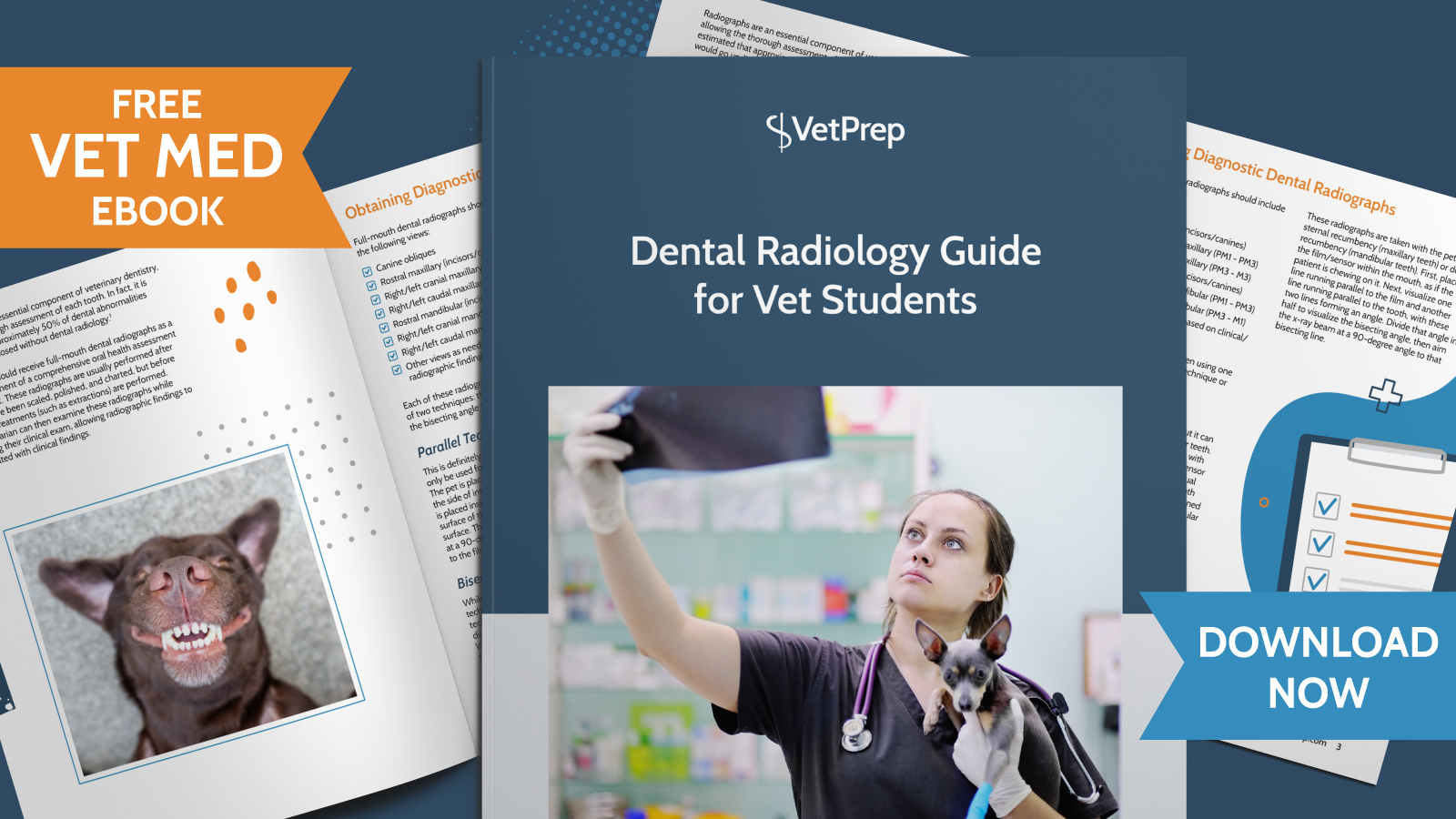
 Although dental extractions are a relatively routine, everyday part of general practice, they are not without risk!
Although dental extractions are a relatively routine, everyday part of general practice, they are not without risk!
And, if you’re like most vet students, you probably didn’t get a lot of exposure to dentistry and extractions while you were in vet school.
Consider these five tips to help prevent complications when you tackle your first dental extractions:
1. Always take dental radiographs before extractions
Tooth root abnormalities can turn a seemingly-straightforward extraction into a complicated procedure. Dental radiographs are not only essential to determine which teeth need to be extracted, they can also help you identify root abnormalities such as supernumerary roots and dilacerated roots. Once you know these abnormalities exist, you can develop a plan for safely extracting the tooth and avoiding a retained root tip.
Radiographs can also help you identify patients that may be predisposed to a mandibular fracture during extractions. If you note that a patient has significant mandibular bone loss before performing an extraction, this gives you the opportunity to talk to the client and discuss treatment options (proceed with the extractions and manage a fracture if it occurs vs. referral to a veterinary dentist for the extraction).
2. Gather appropriate surgical supplies
Depending on your practice, you may be multitasking while overseeing dental cleanings. In many practices in which I have worked, the surgery vet “pops in” on dentals between soft tissue surgeries or between seeing drop-off patients. If this is the situation in your practice, you might feel tempted to perform a quick extraction using whatever tools are on hand, instead of taking the time to gather supplies before getting to work. Resist this temptation! Extractions will go more quickly, with less risk of complications, if you have the optimal instruments on hand.
3. Allow yourself enough time
Be realistic when planning for extractions. While you may find yourself thinking that you can easily finish a few extractions in a short period of time, that isn’t always feasible. If your patient requires extractions and you don’t have time to do a careful and thorough job, your best bet is to recover the patient and schedule the extraction(s) as a separate, second procedure. When you rush through an extraction, you’re far more likely to end up with a retained root tip or other complication.
4. Don’t skimp on tooth root exposure
When I was a new grad, I used to really struggle with extractions. It wasn’t until after I attended a dental CE course in which we were repeatedly told “more exposure!” that I began to enjoy dentistry. After creating your gingival flap, use a high-speed drill and dental bur to remove at least half of the bone that covers the tooth root. This will allow you to easily visualize the tooth so that you can section and extract the roots. This approach is not only faster and less stressful, but it also minimizes the likelihood of a retained root tip.
5. Provide thorough discharge instructions
Clients must be given detailed instructions at discharge. Antibiotics and pain medications are typically prescribed following extractions; a discussion of potential side effects and how to minimize these medication effects may increase the likelihood that the pet receives these essential medications. Additionally, owners should be instructed to feed soft food, to avoid damaging sutures. Owners should understand that a small amount of post-op bleeding is normal in the first 24 hours, but should call you if increased bleeding is observed.
Moral of the Story: Take Your Time
Quality dentistry takes time. While there are many small animal practices that devote adequate veterinarian and staff time to dentals, there are also practices that expect a routine dental cleaning to take thirty minutes or less from induction to recovery. As you begin to interview for your first job, pay attention to the practice’s attitude towards dentistry. Don’t just look for a fancy dental suite; instead, look at the practice’s schedule and workflow. How are dental procedures and other surgical procedures scheduled? Will you have time to do a thorough job on each patient?
Set yourself up for success by focusing on practices that will allow you to devote adequate attention to your dental patients, in order to reduce the stress that can accompany surgical complications.




